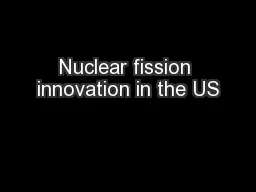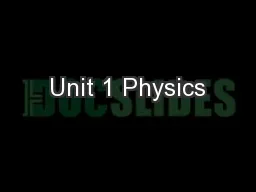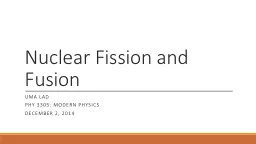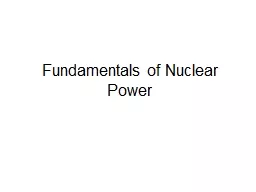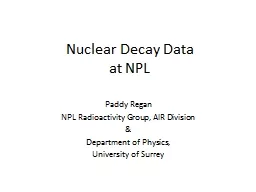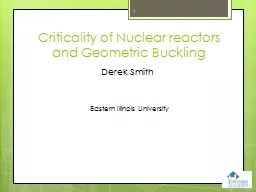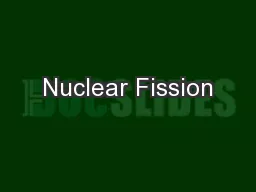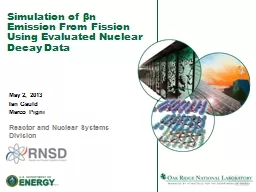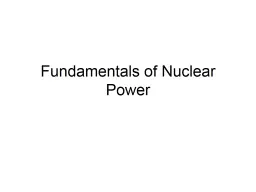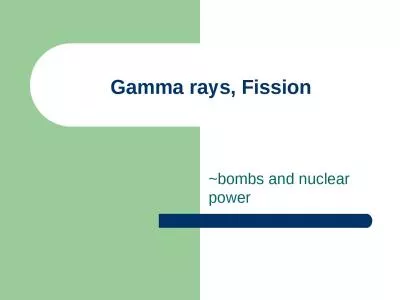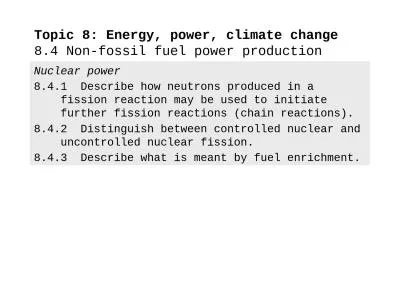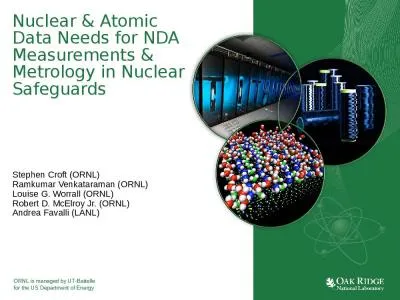PPT-Nuclear fission innovation in the US
Author : lois-ondreau | Published Date : 2017-08-29
Center for Climate and Energy Decision Making Michael J Ford mjford at andrew dot cmu dot edu Ahmed Abdulla ayabdulla at ucsd dot edu May 23 2016 52316 Engineering
Presentation Embed Code
Download Presentation
Download Presentation The PPT/PDF document "Nuclear fission innovation in the US" is the property of its rightful owner. Permission is granted to download and print the materials on this website for personal, non-commercial use only, and to display it on your personal computer provided you do not modify the materials and that you retain all copyright notices contained in the materials. By downloading content from our website, you accept the terms of this agreement.
Nuclear fission innovation in the US: Transcript
Download Rules Of Document
"Nuclear fission innovation in the US"The content belongs to its owner. You may download and print it for personal use, without modification, and keep all copyright notices. By downloading, you agree to these terms.
Related Documents

